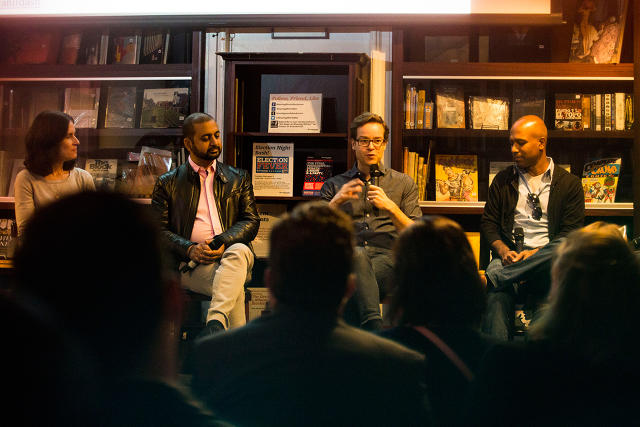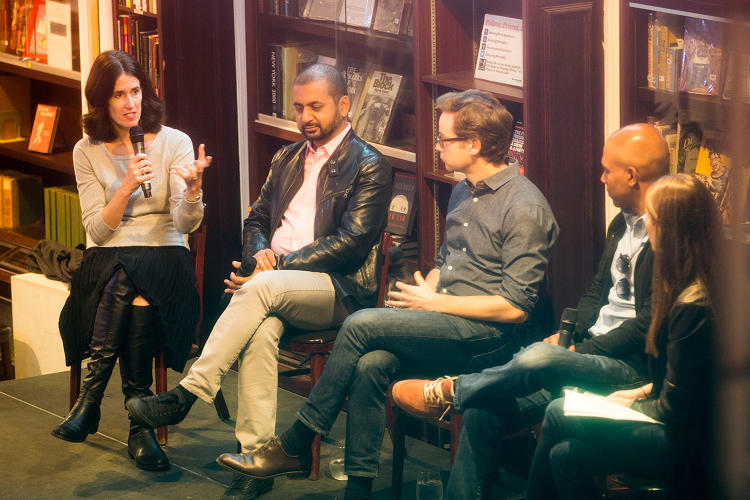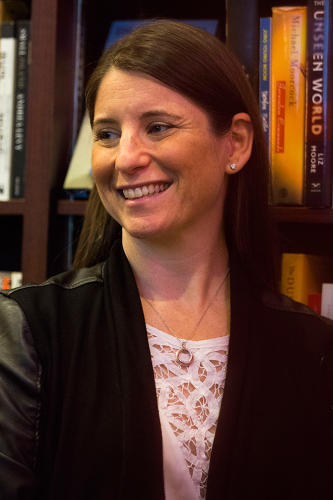As New York’s Tech Scene Matures, Diversity Proves A Strength
Can New York City be the next Silicon Valley? Ask a room full of New York tech leaders and a consensus quickly emerges: You’re missing the point. While the Big Apple has blossomed into a major technology market over the last several years, comparisons between New York and the Bay Area tend to overlook the unique nature of each locale. What New York’s tech industry lacks in billion-dollar exits, these people agree, it makes up for in diversity and a deeper integration into existing industries.
By most recent measures, New York’s technology scene remains less than one third the size of San Francisco’s. And high-price exits like Yahoo’s $1.1 billion acquisition of New York-based Tumblr in 2013 may be relatively rare—although Verizon’s subsequent $4.8 billion acquisition of Yahoo may help shape the East Coast/West Coast rivalry in the long run. But what’s brewing in New York is viewed locally as a different kind of beast altogether, complete with its own metrics for success.
“Gigantic, attention-getting exits may not be what New York does well,” said tech entrepreneur Anil Dash during a panel discussion at Fast Company’s Innovation Festival earlier this month. “I don’t think that has any bearing on whether we build meaningful tech. Here we have tech alongside finance, media, the arts. If you look at San Francisco, the same is not true.”
Ragy Thomas agrees, at least in part. The CEO and cofounder of the enterprise social media platform Sprinklr saw his New York-based company valued at $1.8 billion earlier this year.
“New York should be proud of tech-enabled innovation as opposed to pure tech,” Thomas said. But, he added, the value of Silicon Valley’s high concentration of successful entrepreneurs and powerful network of venture capitalists should not be overlooked. After all, many East Coast founders still find themselves flying out west in search of funding.
Of course, the decades-old connections between people and institutions that keep talent and capital flowing around the Bay Area come with drawbacks as well, Dash warned. “I think that’s how the Valley built its old boys’ network,” he said. “I think that’s something that we can do better here, because we are infusing tech into industries that hopefully look more like the city. I think that’s why we have a higher percentage of women [in tech] than the Valley. We’re not using that closed network model.”

One person who can vouch for the New York tech market’s inclusiveness is Michelle Peluso, chief marketing officer at IBM. In 1999, she cofounded the vacation deal site Site59, later acquired by Travelocity, where she then served as CEO for seven years. In her early quest for funding, Peluso found herself spending time in Silicon Valley, where dotcom-bubble era extravagance was on full display: parties featuring circus animals, rock bands, and Cirque du Soleil performers were a common sight. So were the faces of men. Lots and lots of men.
“I just remember thinking: I do not fit in,” Peluso recalled. “Ninety percent of the people there were guys. I just remember thinking, I’m doing this differently. This is not going to be the way I raise money. This is not going to be the network I have. I’m going to do it in New York.”
For Peluso, the advantage of the New York market goes beyond its diversity. As the head of marketing for IBM, she works out of the company’s New York offices and is able to tap into some of the cultural institutions and creative industries that one can only find in New York. At this year’s Met Gala, model Karolina Kurkova wore a light-up “cognitive dress” designed via a partnership between fashion designers at Marchesa and engineers in IBM’s Watson division. Watson’s artificial intelligence has also started dabbling in music, most recently helping producer Alex da Kid create a song called “Not Easy” that quickly racked up millions of listens on Spotify.
“There’s this ecosystem here that understands creativity in a really profound way,” Peluso said.
Indeed, New York’s creative culture is one thing that the local technology industry could take greater advantage of, according to Julie Samuels, executive director of Tech:NYC, a nonprofit that promotes New York’s technology industry. One obvious place to focus, she believes, would be on design.
It’s no longer the case that one needs to go to Stanford to get a proper education in user experience design. “That is the dumbest thing I’ve ever heard,” she said. “It looks like a country club. [You could go there] or you could be here among the artist community and generations of people thinking about design in a non-technical sense.”
(L to R) IBM CMO Michelle Peluso talks diversity with entrepreneur Anil Dash, local VC Matt Turck, Sprinklr CEO Ragy Thomas and Julie Samuels, executive director of Tech:NYC.

NYC:Tech executive director Julie Samuels.

Matt Turck, FirstMark Venture Capital.

Entrepreneur and blogger Anil Dash.

Michelle Peluso, chief marketing officer at IBM.

Ragy Thomas, founder and CEO of Sprinklr.

Anil Dash (right) with attendees of the Fast Company Innovation Festival.

Michell Peluso, IBM’s chief marketing officer.

Fast Company , Read Full Story
(22)














